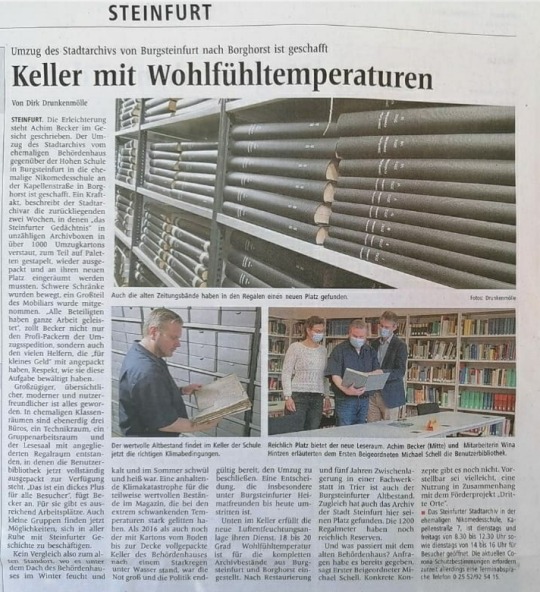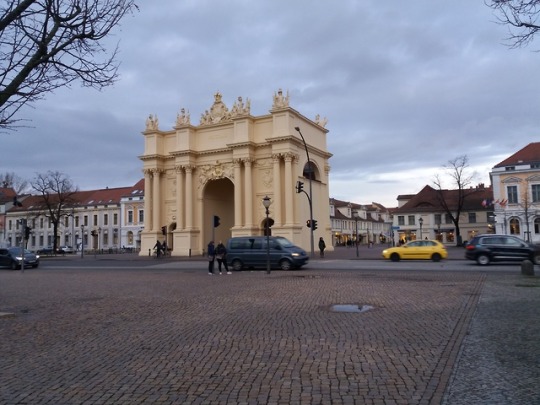Text
2 notes
·
View notes
Photo
#fwa20 #iceless fridge #summer

Iceless Refrigerator
During the hot days of summer, we can all appreciate the trusty refrigerator. In the 30s to 40s, the very first iceless refrigerator was placed at the Barona Reservation at the home of John Curo. The iceless refrigerator works similarly to a “swamp cooler” where evaporation creates a cooler temperature. These devices work best in a hot, dry climate, due to the low humidity. I’m sure the Curo family was happy to have this useful appliance!
Item: Photograph of the First Iceless Refrigerator at Barona Made for the John Curo Home. Series: Photographs, 1936 - 1942. Record Group 75: Records of the Bureau of Indian Affairs, 1793 - 1999. (National Archives Identifier 170100805).
To see more digitized photographs from this collection, please visit the National Archives Catalog.
119 notes
·
View notes
Text
#fwa20 #lost soldier of chickamauga #archive
Civil War’s “Lost Soldier of Chickamauga” Part 1 - Mysterious Asylum Amnesiac
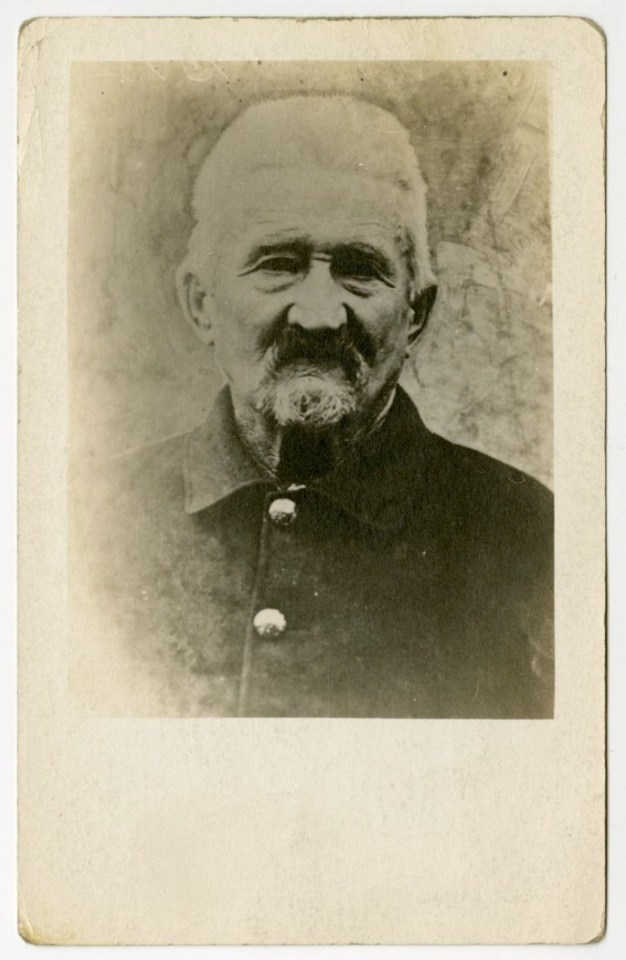
“Lost Soldier” Hugh Thompson of Company H, 15th Ohio Infantry Regiment. (NARA ID 165322833, Folder 2, image 16 of 181)

Champion City Times seeks soldiers who may have served with Thompson, 5/3/1887 (NARA ID 165322564, folder 1, image 86 of 268)

Case of Hugh Thompson, 1888. (NARA ID 165322833, folder 2, image 26)
Today’s post comes from Dena Lombardo, former intern in the Public and Media Communications Office.
Recently, National Archives staff uncovered the largest Civil War pension file in our holdings. In contrast to the average pension file, which is roughly 150 pages, this one has more than 2,000. The entire file has been scanned and is now available online in the National Archives Catalog.
This record-setting file was filed under the name of Jane Thompson, widow of Private Hugh Thompson of Company H, 15th Ohio Infantry Regiment. Private Thompson was struck on the head on September 19, 1863, during the Battle of Chickamauga, identified as missing in action, and presumed dead.
The voluminous file details Thompson’s father’s attempt to secure his son’s pension, the surprise discovery many years later of a man claiming to be Thompson, the question of verifying the man’s identity, and the fight between Thompson and his wife over the pension.
After Thompson was injured during the Battle of Chickamauga, he suffered from amnesia and other mental problems. After years of wandering from state to state, he ended up in Kansas.
An article, “A Nameless Soldier,” that ran in Springfield Ohio’s Champion City Times on May 23, 1887, was the catalyst for Thompson finding his identity. The story describes a “Henry Tomson,” now living on a farm in Pearlette, Kansas, who served in the Ohio regiment and was injured during the war. The veteran was seeking information on his history, comrades, and memory.
The soldier remembered only that he had served during the Civil War in Kansas. Through letters from those who knew Thompson, the story unfolded, piece by piece—Henry Tomson turned out to be the lost and presumed dead Hugh Thompson. Photographs laid side by side as well as an extremely long investigation solidified the proof. It took decades for him to learn, which the investigation confirmed, that he was Hugh Thompson, the soldier who was nicknamed “Shorty” and ”Old Reliable.”
However, skepticism surrounded the story. Many believed he was a fraud because of his uncertainty of events, varying stories of who his children were, his numerous marriages and secrecy, and the fact that Thompson’s father had unsuccessfully filed for the pension. Skeptics believed it was just a ploy to get the pension funds.
One of the reports in the file suggested that Tomson was an “inoffensive lunatic” who may have been living in an insane asylum, or that he had intentionally hid from the government given his fraudulent pension claims.
Will Tomson prove to be Mr. Hugh Thompson, the soldier lost in battle 5 years prior? Stay tuned for Part 2!
View the full story on Pieces of History.
491 notes
·
View notes
Photo
#fwa20 #"archivieren" für den Alltag #Kleidungsarchiv zuhause
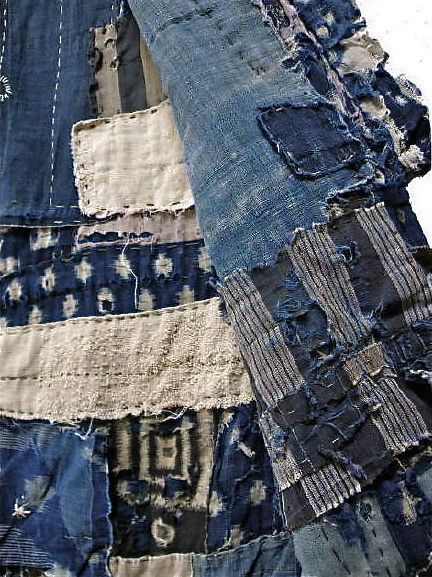


Boro
El boro es una técnica de remiendo utilizada por campesinos, comerciantes o artesanos de clase baja para reciclar prendas en desuso o muy gastadas y poder reutilizarlas en sus atuendos de trabajo.
Literalmente traducido como “harapo” ,boro (ぼろ) se utiliza también para describir prendas y artículos del hogar que han sido parchados y reparados una y otra vez. Una vez que se hacía la prenda, ésta se remendaba a lo largo de toda la vida de su propietario, y a veces incluso por más tiempo. El algodón era escaso en Japón, por eso se utilizaba mayormente la fibra de cáñamo. El algodón, cuando se disponía de él, se tejía con la fibra de cáñamo para aumentra su poder aislante y lograr prendas más abrigadas.
Para las familias campesinas, cada prenda debía durar lo suficiente como para poder pasar a la siguiente generación, y el uso diario implicaba arreglarlo constantemente. Cada tela es única, ya que cada mujer hacía su propio diseño o patrónsegún sus propias ideas y según las características de las telas.
El boro nace de la concepción del mottainai, que se refiere al aprovechamiento de las cosas mientras sean útiles. Su atractivo no radica solamente en el colorido azul por el uso del tinte natural índigo, o su aspecto harapiento, sino en la ecología que se desprende del tratamiento de estas prendas.
Esta ropa se teje y remienda por generaciones, por lo que tienen una larga historia.
Hoy en día el boro es apreciado como una técnicva del arte popular, y se ha vuelto objeto de colección. También ha llamado la atención el principio de aprovechar todo y no desperdiciar nada, un concepto que hoy por hoy va adquiriendo cada vez mayor importancia.
Reseña de Marian Cvik
4 notes
·
View notes
Photo
#preservation week # extraordinary times #storytelling #modern movements #history #documentation #fwa20
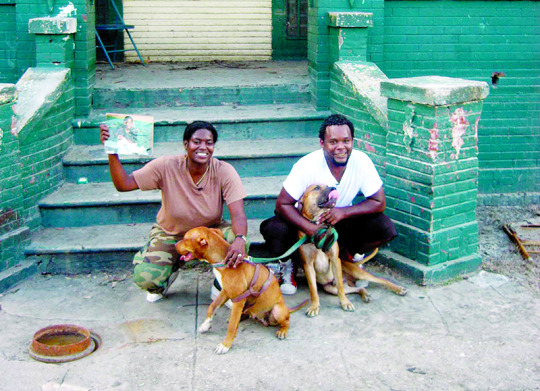
Some of the biggest moments and movements in modern human history have been (or are being) carefully documented by independent artists working in film, theatre, VR, music, and beyond.
For Preservation Week, we’ve highlighted a selection of Sundance-supported stories told by extraordinary artists during extraordinary times that must be seen and remembered. Read the full blog post Preserving the Record: Why Storytelling Is So Vital in Times Like These.

1. Trouble the Water film still. Courtesy Trouble the Water.
2. Kanehsatake: 270 Years of Resistance film still. Courtesy of Kanehsatake: 270 Years of Resistance.
#trouble the water#kanehsatake: 270 years of resistance#preservation week#extraordinary times#modern movements#storytellers#storytelling#storytelling saturday#independent artists#documentation#history#bear witness#black artists#indigenous artists#lgbtq#aids history#new orleans#hurricane katrina#angels in america#sundance film festival#how to survive a plague#the square#egypt#belgrade#whose streets#crip camp#disability-rights#ada#preservation#sundance
7 notes
·
View notes
Text

1 note
·
View note
Text
https://blog.nationalarchives.gov.uk/how-to-date-family-photographs/
#fwa20 #Fotografien #datieren #Familie
0 notes
Photo

Zeitungsbericht über den Tag der Archive am Sonntag im Kreis Steinfurt (Artikel aus der WN vom 09.03.2020) #fwa20 #Emsdetten #Tag der Archive #Geschichte zeigen #Wirtschaft-Wachstum-Wandel
2 notes
·
View notes
Photo

https://www.lwl-archivamt.de/de/ Auch der Westfälische Archivtag in Hagen wird wegen des Corona-Virus leider abgesagt. #fwa20 #Corona #Westfälischer Archivtag #Absage #Gesundheitsschutz
2 notes
·
View notes
Text
#fwa20 #humanity #WWI #Women's History Month
Anna Coleman Ladd: Creating Hope and New Faces for Wounded Soldiers

Anna Coleman Ladd, American sculptor and artist, stands next to a mask of a prosthesis that she had created in her studio. At this time, she is aiding surgeons to remake torn faces of severely injured soldiers and veterans of WWI.



French soldiers wearing masks made by Mrs. Ladd, NARA images 45498673, 45498675, and, 45498693
We mark the end of Women Inventors Month and the start of Women’s History Month with a post by Dena Lombardo, intern in the Office of Public and Media Communications.
Originally a sculptor in America, Anna Coleman Ladd moved to France with her husband in 1917 during World War I. There, she was introduced to Francis Derwent Wood.
During World War I, thousands of soldiers suffered eye and head injuries that face grafting and surgery could not fix. Having joined the Royal Army Medical Corps in 1915, Francis Derwent Wood was well aware of the soldiers’ emotional and physical scars, embarrassment, and social isolation. He created a Masks for Facial Disfigurement Department or “Tin Noses Shop,” as it became known to servicemen. Ladd was Inspired by Wood’s important work, and founded the American Red Cross “Studio for Portrait-Masks.”
Ladd and Wood’s work dramatically improved the lives of many severely disfigured veterans. The masks were made of copper and silver and painted while the patient was wearing it, in order to precisely reflect the color and pigmentation. These masks mimicked what an average face, uninjured, would look like. The soldiers who wore them looked as if they had not sustained great injuries. The Red Cross described Ladd’s achievements as “miracles.”
Ladd painstakingly worked to return the soldiers as physically whole and “normal” as possible, creating masks that even had mustaches on them! The masks were held in place by glasses that were attached to them. If a soldier did not want glasses, Ladd used thin wire or ribbon to keep the mask in place.
The lengthy journey between the field or the trench to Ladd’s studio could be prolonged and treacherous, but Ladd and her assistants worked to create a welcoming environment for the soldiers. To help raise spirits, Ladd filled her studio rooms with flowers, casts of masks in progress, and American flags.
Ladd helped the soldiers heal from their emotional and physical injuries, and readjust to civilian life. By the end of 1919 she had created 185 such masks, transforming the same number of faces and lives. She donated her services, thus lowering the amount of each carefully constructed mask to $18. Her services earned her the French Legion of Honour, the highest French award for military and civil merit.
Ladd closed her studio when the Red Cross stopped its funding, and returned to America to continue sculpting and artistry.
186 notes
·
View notes
Text
#fwa20 #Zeitzeugen #Geschichte #Gegen das Vergessen
Gegen das Vergessen. Für ein Bewahren. Ein gutes Projekt, dass ich gern unterstütze.
7 notes
·
View notes
Text
#fwa20 #Vatikan Archiv #Pius XII.
Die Öffnung der Vatikan-Archive steht bevor, morgen ist es soweit! Der Vatikan-Archivar Johann Ickx sagt, sein Bild von Papst Pius XII. habe sich bereits geändert. Angesichts des Holocaust und der Haltung Pius' zu den Kriegsparteien ist es endlich an der Zeit, Licht ins Dunkle zu bringen!
4 notes
·
View notes
Photo

Vorbereitung für den Tag der Archive 2020 #fwa20 #Kreis Steinfurt #Emsdetten #Wirtschaft #Wachstum #Wandel
2 notes
·
View notes
Photo
#fwa20 #British Pathé #documentary #100 years
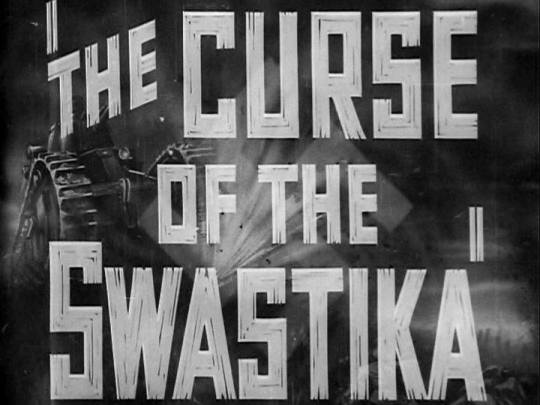
The 24 February also marks 100 Years since the Nazi Party was founded. This wartime documentary examines the party’s rise to power in Germany during the 1920s and 1930s. https://ift.tt/2IAmdEk
10 notes
·
View notes
Text
#fwa20 #FaMi #LWL-Archivamt #Jubiläum #Ausbildung

Mehr als 20 Jahre FaMI-Ausbildung , so schnell vergeht die Zeit ...

3 notes
·
View notes
